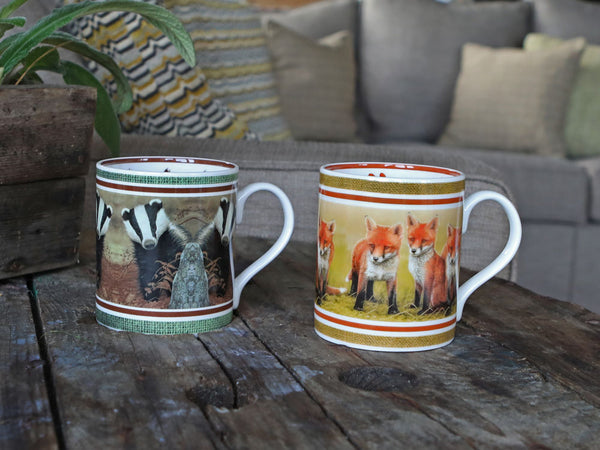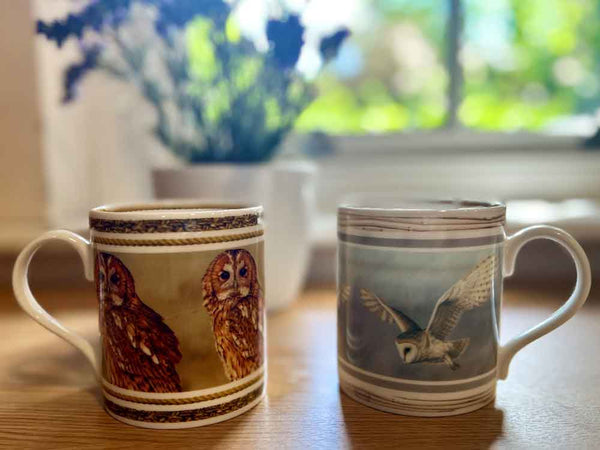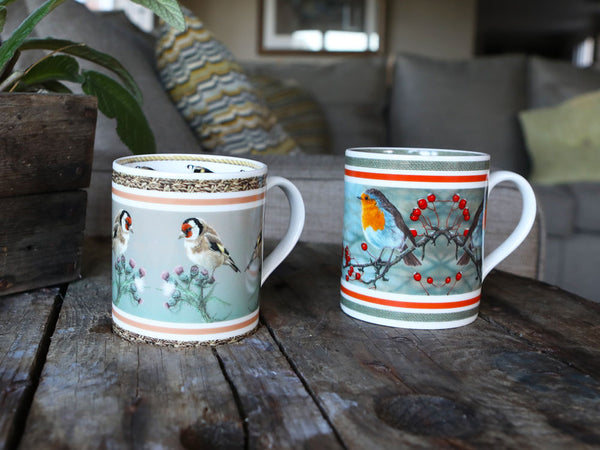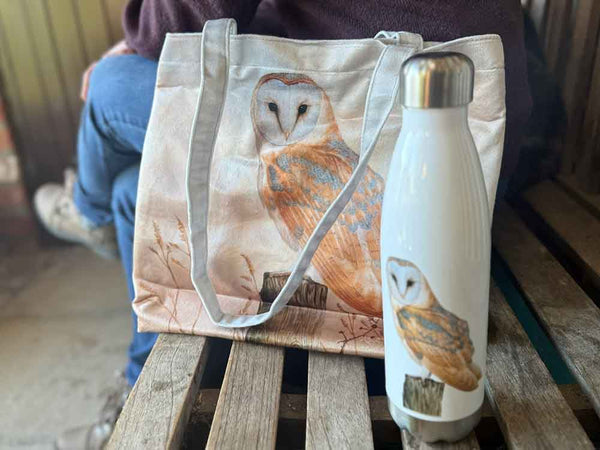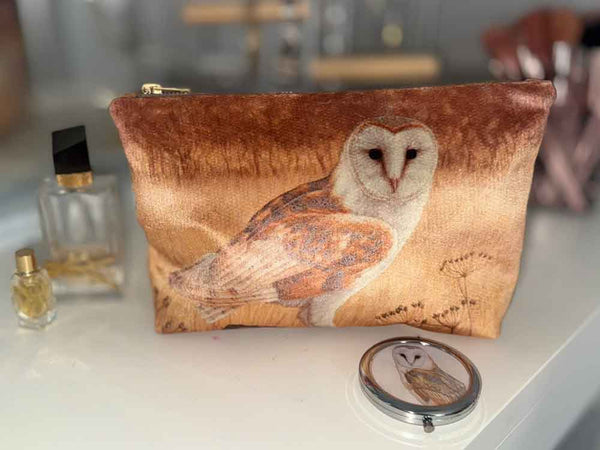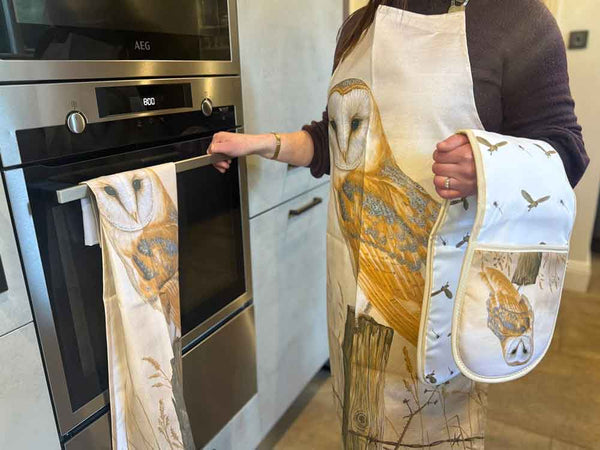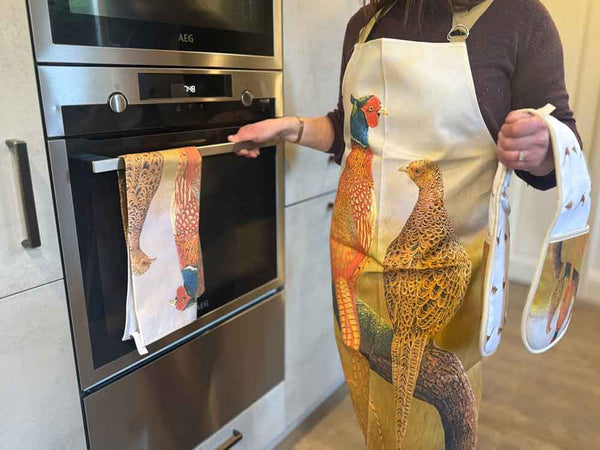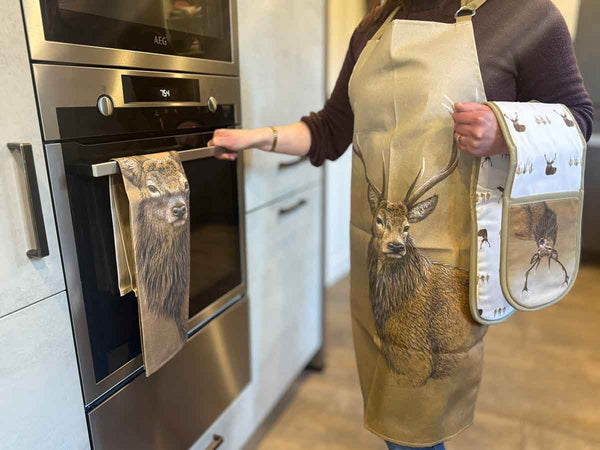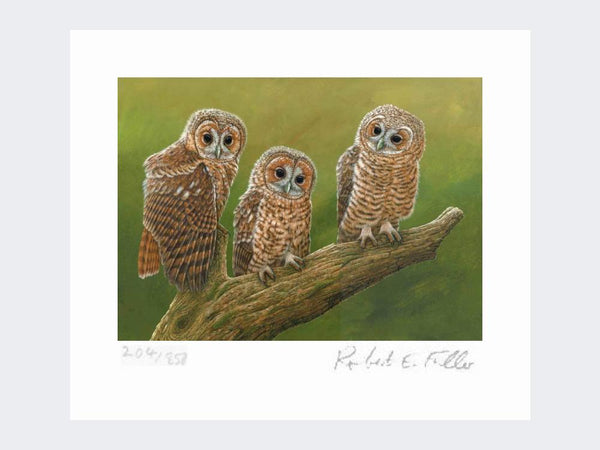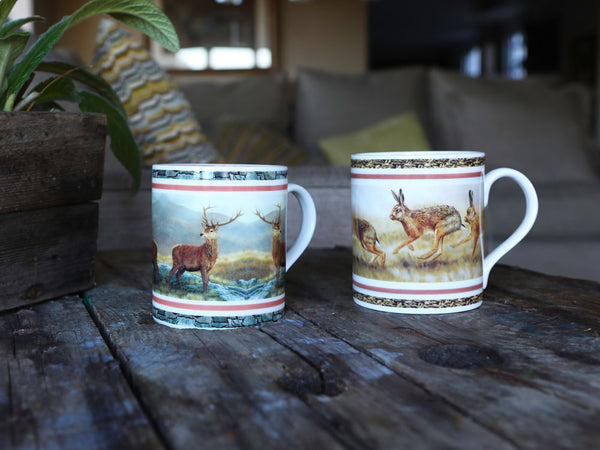Alaska has got to be the most incredible place to watch wildlife. In just 24 hours, I spot humpback whales, bald eagles and sea otters
Kachemak bay
My guide, Joe Chmeleck, who owns The Lodge at Otter Cover https://lodgeottercove.com/ was confident that in just one day I would see plenty. I didn't want to waste a minute, so with Joe as my guide we set off from Otter Cove in the Kachemak Bay State Park at 4.30am to look first for bald eagles.
Bald eagles
Bald eagles roost together in large numbers, and Tutka Bay Lagoon is a perfect place for a communal eagle roost. It's sheltered from the wind and teeming with pink salmon for these huge birds to feast on. Sure enough as we approach, their white heads spotting the dark forest like Christmas decorations, are dozens and dozens of eagles. The juveniles are interesting to see because they don't have the characteristic white feathers on their heads - these grow in when they are about 3 and a half years old. But I really want to see bald eagle chicks so Joe sails on to where he knows of a bald eagle nest, known as an eyrie. The chicks here are between eight and 10 weeks old - almost bigger than their mother. Eagles share the care of their chicks, with the female spending most of her time on the nest and the male bringing in food. Interestingly, we watched this male bring in moss. Bald eagles use the same nest year after year and simply top it up with comforts each time.
Sea otters
After enjoying the eagles, we headed back to Otter Cove to look for sea otters. Sea otters are mustelids, part of the weasel family, and they group together in the water in 'rafts'. We see 10 together in one raft, but some can have as many as a thousand individuals. Rafts are usually all one sex, and with pups here, this is a group of females. In Alaska pups are typically born in late spring, so these are only a few months old. Their mums nurse them on high-fat milk, similar to seal milk, and carry them on their chests to protect them from the cold water. Sea otters eat a range of fish, molluscs, and crustaceans and are one of only a few species that use tools. Watch as one uses a favourite rock to crack open the shells of crabs, snails and shellfish. They are known to keep this rock in a fold under their armpit, so they don’t lose it.
Humpback whales
As we head back out to sea, there’s still one more species to see. Gulls circling above the water are a sign there are whales hunting for fish beneath. And sure enough a whale breaches, using its powerful tail fin to launch out of the water. Whales need to breath air, resurfacing every few minutes and so once you've spotted one you can follow it. When they travel at speed, they stay close to the surface to breathe more easily. This is known as porpoising.Humpbacks can be seventeen metres long and weigh up to 30 tonnes. Research suggests the slap of water they make when they breach could be a ‘social sound’, helping groups communicate over long distances.
Sun sets on wild Alaska
As the sun sets a fiery red, I reflect on my 24 hours. I've seen a once-in-a-lifetime humpback whale display, I've watched bald eagle chicks in their nest and enjoyed close ups of otters with their adorable cubs. This really is a magical place.
#alaska #seaotters #robertefuller
#alaska #seaotters #robertefuller









